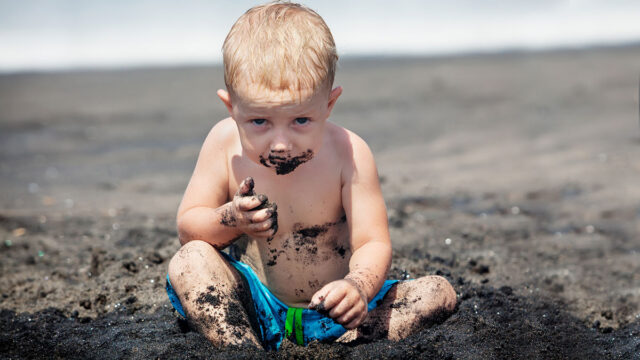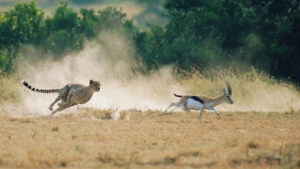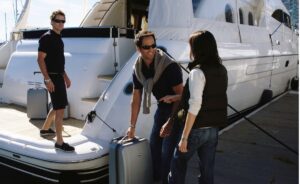Norwest’s soil sampling has identified multiple rare earth element drill targets at Arunta West, confirming the widespread nature of REE enrichment within the project in WA.
The 3,000 soil samples were taken along 25km of the Bitter Springs sediment – Mount Webb Granite contact and follows initial drilling returning multiple, near-surface +1,000 parts per million total rare earth oxide intercepts within Bitter Springs sediments.
Notably, this near-surface REE zone is flat lying and geologically consistent with much sought after ionic adsorption clay-hosted REE mineralisation.
With this rich potential, Norwest Minerals (ASX:NWM) is understandably keen to fast track Arunta West exploration and has launched an entitlement offer to raise about $2.2m to fund this effort along with further drilling at the Bali copper project.
“Our excitement increases daily as we examine the extraordinary potential of the Bitter Springs sediments to host widespread REE mineralisation. Our second drill program starts early next month and will focus solely on the sediments,” chief executive officer Charles Schaus said.
“The multi-element assay results from a 2015 regional copper exploration program confirm the Bitter Springs Formation is a hot spot for rare earth elements.”
He added that there is strong international and government interest in rare earth deposits including IAC-hosted REE, which are valued for being cheap, quick and easy to develop for high value product output.
Further support for the REE enrichment at the project comes from XRF data for five unassayed holes drilled by First Quantum Minerals in 2015 returning indications of strong enrichment for rare earth elements cerium, lanthanum & yttrium.
These holes also intersected the REEs in shallow, flat lying sediments/clays with TREO tenor increasing toward the granite contact.
The road to REE riches
Norwest will soon start metallurgical testwork on material collected from its first four high-grade REE drill holes which intersected the Bitter Springs sediments.
This first stage laboratory work will determine recovery characteristics of key rare earth elements, leaching times and consumption of acid and other consumables.
It also expects to start a 22-hole RC drill program in April which could double the footprint of the clay-hosted REE zone by infilling and extending the drill coverage for about 3,000m along the sediment-graphite contact.
This drilling, which is co-funded up to $180,000 by the Western Australian Government’s Exploration Incentive Scheme, is also expected to result in the definition of a maiden JORC resource.
Further highlighting its confidence in the REE prospectivity of the area, Norwest has applied for a further 465km2 of ground over the Bitter Springs sediments where FQM’s 2015 regional drill holes intersected strong REE enrichment.
This article was developed in collaboration with Norwest Minerals, a Stockhead advertiser at the time of publishing.
This article does not constitute financial product advice. You should consider obtaining independent advice before making any financial decisions.
You might be interested in











